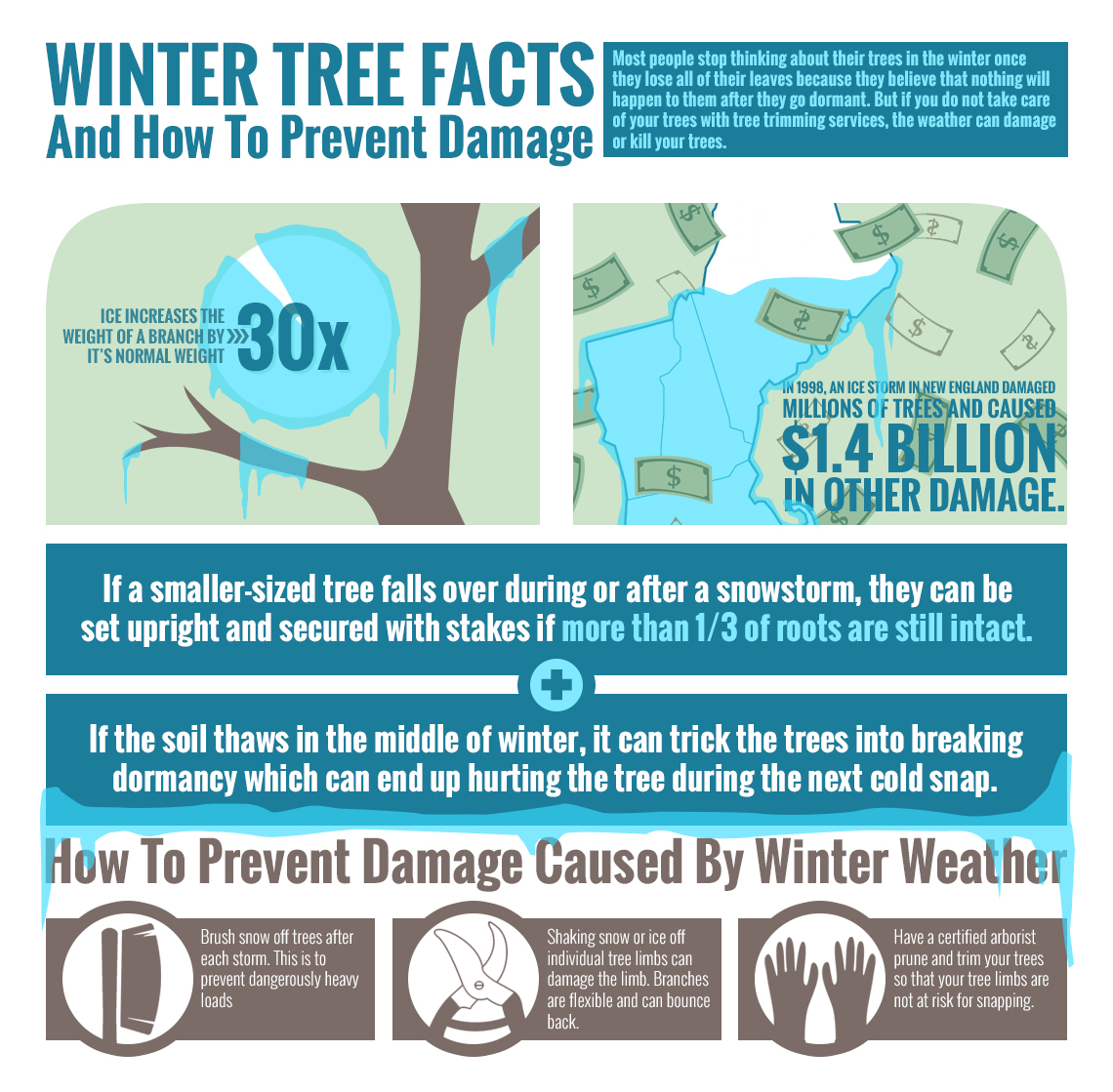Signals That It's Time To Remove A Tree: Identifying Unsafe Trees
Signals That It's Time To Remove A Tree: Identifying Unsafe Trees
Blog Article
Composed By-Winther Cormier
When it concerns tree care, recognizing the indications that it's time for removal is important for your safety and building. https://stump-fire06284.blog-ezine.com/35426565/jump-into-the-necessary-actions-of-tree-stump-removal-and-find-the-vital-factors-that-can-influence-your-choice-to-take-action may notice discolored fallen leaves, wilting branches, or strange fungal growths suggesting health issue. Structural issues, like a substantial lean or cracks in the trunk, can also position threats. Comprehending these warning signs can help you make notified decisions about your trees and protect against possible risks hiding in your lawn. What should you try to find following?
Signs of Decay and Illness
When you notice indicators of decay and illness in your trees, it's critical to act promptly. Look for blemished fallen leaves, wilting branches, or unusual growths like fungus. These can show that your tree is having a hard time.
If you see fractures in the bark or soft, mushy timber, these signs recommend internal degeneration. In addition, a sudden rise in bugs around your tree can signify that it's damaged and susceptible.
Look for any kind of dead or dying arm or legs, as they posture a danger to your building and safety. If you doubt regarding what you see, getting in touch with an arborist can supply clarity.
Attending to look at this web-site can save you from much more extensive damage and make sure the wellness of your backyard. Don't wait up until it's far too late.
Structural Instability and Leaning
As you observe your trees, keep an eye out for any indicators of structural instability or leaning. If a tree leans dramatically, it might suggest that the origin system is endangered.
Try to find any kind of fractures in the trunk or dirt around the base; these can indicate potential failing. In addition, look for uncommon development patterns, like an uneven crown, which might recommend that the tree is struggling to hold itself upright.
If you notice that the tree leans toward your home, high-voltage line, or other frameworks, it postures a better risk. Do not overlook visit here -- consult an arborist to analyze the scenario.
Acting early can protect against expensive damages and ensure your safety and security.
Dead or Dying Branches and Vegetation
If you notice dead or passing away branches and foliage on your tree, it's a clear indication that something's wrong.
These undesirable areas can indicate underlying issues like condition, pest invasions, or environmental anxiety. When branches lose their fallen leaves or turn brownish, they're no more adding to the tree's health. Overlooking these signs could lead to more decline, making your tree much more unsafe.
Dead branches can conveniently break short during tornados, positioning a danger to property and individuals nearby. It's vital to evaluate the level of the damages.
If the trouble affects a considerable part of the tree, take into consideration speaking with a professional. They can help figure out if removal is required to ensure safety and security and maintain the appeal of your landscape.
Final thought
If you discover any indications of decay, architectural instability, or dead branches on your trees, don't ignore them. These indications can pose major security risks to you and your home. It's constantly best to get in touch with an expert arborist that can offer a professional evaluation of your trees. Doing something about it early can prevent crashes and costly damage, guaranteeing your landscape remains risk-free and healthy. Bear in mind, it's much better to be positive about tree care than to wait for a catastrophe to take place.
